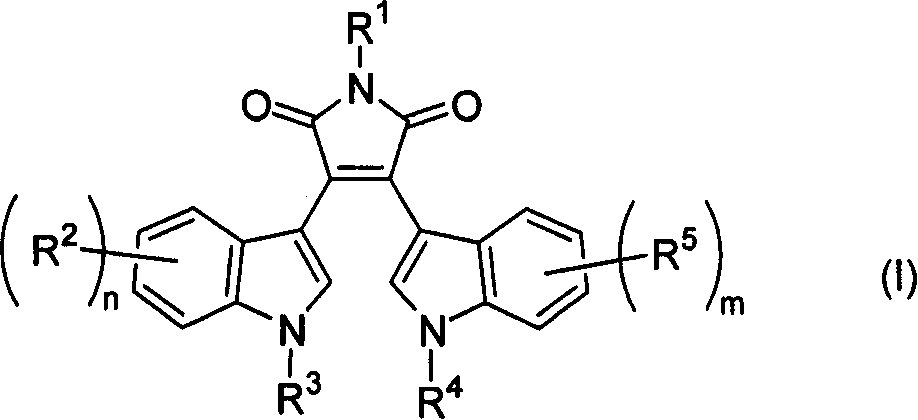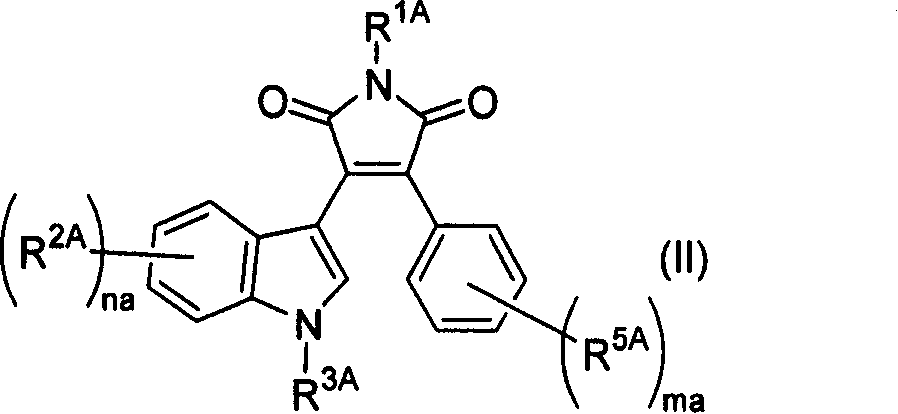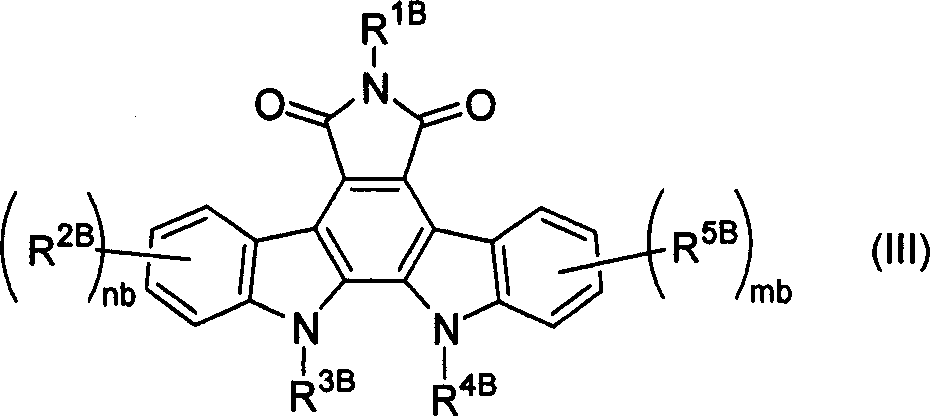Drug for nerve regeneration
A technology for nerve regeneration and neurological diseases, which can be used in neurological diseases, drug combinations, pharmaceutical formulations, etc., and can solve the problems of treating neurodegenerative diseases and ignorance
- Summary
- Abstract
- Description
- Claims
- Application Information
AI Technical Summary
Problems solved by technology
Method used
Image
Examples
experiment example 1
[0167] Experimental example 1: Lithium chloride promotes neuron regeneration (1)
[0168]According to the method of the above-mentioned 7, when ANSC-7 cells are differentiated and induced, lithium chloride or sodium chloride (both are manufactured by Nacalai Tesque Co., Ltd.) The solution was added to the culture medium containing ANSC-7 cells according to the volume of 1 / 1000 of the culture medium, and the number of neurons therein was analyzed on the 6th day after differentiation induction. As a result, the number of Tuj1-positive neurons was 1.1, 1.3, 1.8, and 2.1 times in the solutions with final concentrations of lithium chloride of 0.01, 0.1, 1, and 3 mmol / l, respectively (when the concentration of lithium chloride was above 1 mmol / l There is a significant difference), that is, the number of neurons increases with the increase of lithium chloride concentration. Moreover, compared with the control sample without lithium chloride, the total number of H33342-positive cells...
experiment example 2
[0169] Experimental example 2: Promotion of regeneration of neurons by lithium chloride (2)
[0170] In order to find out whether the promoting effect on neuron regeneration of ANSC-7 cells is caused by the expression induction of BDNF and Bcl-2, semi-quantitative RT-PCR method was used to analyze whether lithium can promote the expression of BDNF and Bcl-2.
[0171] Using a 6-well culture dish coated with polyornithine and laminin, add 2ml of DMEM / F12 medium containing 1% N2 supplement and 20ng / ml FGF-2 to it, and then add to the culture dish Inoculate 4.5 x 10 within each well 5 A total of 7 wells were inoculated with ANSC-7 cells, and cultured overnight. Then, total RNA was obtained from one well of cells using RNeasy mini kit (manufactured by QIAGEN) according to the attached instructions. The medium in the remaining 6 wells was all replaced with differentiation induction medium to induce differentiation. 3 mol / l lithium chloride equivalent to 1 / 1000 volume of the mediu...
experiment example 3
[0178] Experimental example 3: Lithium chloride promotes neuron regeneration (3)
[0179] In order to ascertain whether the neuronal regeneration promotion effect induced by lithium is the result of the increase in the number of regenerated cells due to the inhibition of apoptosis, or the result of actively inducing neuronal differentiation, the inhibitory effect of ANSC-7 induced by lithium The effect of apoptosis was analyzed.
[0180] According to the method of 7 above, lithium chloride was added to the medium containing ANSC-7 cells to a final concentration of 3 mmol / l, and they were cultured for 6 days, using the in situ cell death detection kit and fluorescent yellow (Roche Diagnostics K , manufactured by K.), and reacted with ANSC-7 cells cultured in the addition of lithium chloride and ANSC-7 cells cultured in the addition of PBS as a control according to the accompanying instructions. Use an inverted fluorescence microscope (manufactured by Nikon Corporation) to obse...
PUM
 Login to View More
Login to View More Abstract
Description
Claims
Application Information
 Login to View More
Login to View More - R&D
- Intellectual Property
- Life Sciences
- Materials
- Tech Scout
- Unparalleled Data Quality
- Higher Quality Content
- 60% Fewer Hallucinations
Browse by: Latest US Patents, China's latest patents, Technical Efficacy Thesaurus, Application Domain, Technology Topic, Popular Technical Reports.
© 2025 PatSnap. All rights reserved.Legal|Privacy policy|Modern Slavery Act Transparency Statement|Sitemap|About US| Contact US: help@patsnap.com



